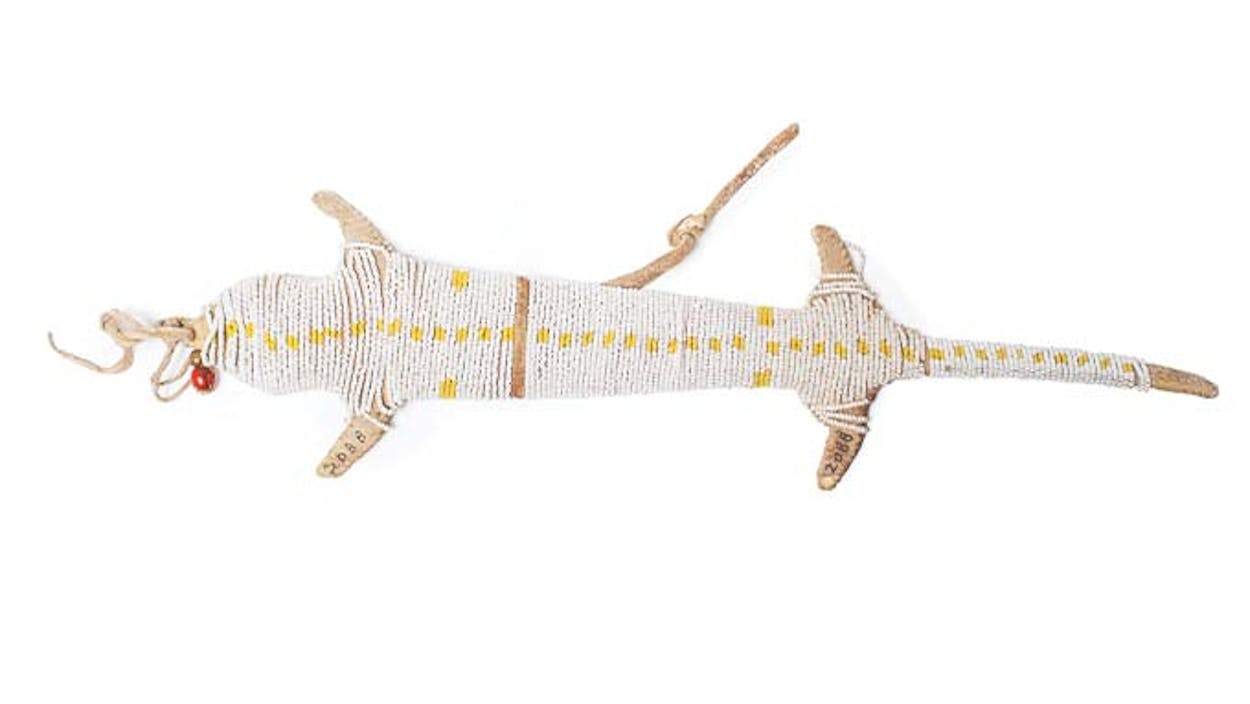The Apache were latecomers to the Southwest, arriving in what is now New Mexico from the north at about the same time the Spanish entered the region from the south. They were originally hunter-gatherers, collecting wild plants and hunting buffalo, elk, deer, and smaller game. But once the Apache were established in the mountains of New Mexico, they developed a raid-and-trade economy, attacking Spanish settlements along the Rio Grande and farther south in Chihuahua for livestock, corn, and captives—then offering their spoils back to the Spanish in exchange for tools, cloth, knives, and guns. The remote peaks and canyons of their mountain homes allowed them to resist all attempts by the Spanish to conquer them.
Apache boys grew up to be warriors. From early childhood, they were taught to harden their bodies by bathing in ice water and running long, punishing distances. When they were about sixteen, they became apprentice warriors and went on their first four raids under the guidance of elders. They observed certain ceremonial restrictions, such as using a sacred vocabulary, drinking water through a tube so that it did not touch their lips, and using a stick to scratch themselves so that their fingernails did not come into contact with their skin. When the young men had successfully completed their fourth raid, they sought a shaman who would help them acquire a special power that would strengthen them in battle. For instance, a woman from the Chiricahua tribe named Lozen knew when the enemy was near because the palms of her hands would tingle. Her uncle Nana had the power to find ammunition. Geronimo had the ability to delay the sunrise so that he could attack the enemy in darkness. Sometimes the power was associated with an animal (such as a bear or deer) or natural phenomenon (lightning or rain), and the shaman would give the warrior an amulet to wear that depicted the source of his power.
The Apache culture in the Southwest continued unaltered for three centuries, but when the United States acquired New Mexico, in 1848, aggressive farmers, miners, and prospectors pushed into the Apache homelands. When the tribe resisted those incursions, the U.S. Army built forts and created reservations in an attempt to control them and turn them into farmers. Some Apache leaders advocated cooperation and peaceful coexistence with the whites; others resisted confinement and dependence on government rations.
Among the rebels was Victorio, Lozen’s brother and a chief of the Chihenne, or Warm Springs Apache, whose ancestral homeland was in the Black Mountains, northwest of what is now Truth or Consequences. In the fall of 1879, Victorio led a mixed band of Warm Springs and Mescalero Apache, about three hundred in all, off the Mescalero reservation in eastern New Mexico and launched what came to be called Victorio’s War.
Victorio and his warriors zigzagged across New Mexico, Chihuahua, and the Trans-Pecos for thirteen months, striking terror into the hearts of settlers, fighting at least five pitched battles with cavalry troops and civilian militia, and eluding all pursuers. They crossed into Mexico several times during that period, knowing that U.S. troops could not chase them across the border.
By the beginning of 1880, the Army realized that Victorio was regularly slipping back across the border from Mexico to resupply his ammunition and gather fresh horses and recruits at the Mescalero reservation. Colonel Benjamin Grierson, the commander of the Tenth Cavalry in the Trans-Pecos, was ordered to move his regiment to New Mexico to reinforce troops there. Grierson had a better idea. He obtained permission to station troops at the water holes in Texas that Victorio stopped at on his way to New Mexico. On July 29 Grierson, with a small escort, encountered Victorio’s Apaches making their way north from the Rio Grande toward a water hole called Tinaja de las Palmas, a few miles southwest of Van Horn. Grierson forted his men up behind boulders above the water hole and sent for reinforcements. A four-hour fight ensued, and Victorio retreated, leaving seven warriors dead. Grierson knew that the Apaches would regroup and try to go around him, so he made a forced march of 65 miles in 21 hours to the next water hole, Rattlesnake Springs, in the Diablo Mountains, where he intercepted Victorio again, killing four more warriors. This was the first time since Victorio had led his warriors off the Mescalero reservation that he had been prevented from going where he wanted, and these two battles marked the end of Victorio’s War north of the border. He retreated to Mexico, and in October he was killed, along with most of his band, in a battle with Mexican troops at a place in the desert north of Chihuahua City called Tres Castillos.
One of the Indians killed at either Tinaja de las Palmas or Rattlesnake Springs was wearing a rawhide amulet in the shape of a lizard, thirteen and a half inches long and three and one-quarter inches wide, wrapped with strings of trade beads to produce a pattern of square dots down its spine. Tied to its head was a single red mescal bean, the seed of the Texas mountain laurel, Sophora secundiflora. The mescal bean has hallucinatory qualities and was believed to bring success in raiding expeditions. Grierson acquired the amulet, which was taken from the warrior’s body, and a few years later gave it to Susan Janes, who had a small museum in Fort Davis. In 1929 Janes presented it to the Museum of the Big Bend at Sul Ross State University, in Alpine, where it resides today. It failed to protect its wearer from death, but it still radiates power from within its case in the museum.
Museum of the Big Bend, 400 N. Harrison, Alpine (432-837-8143). Open Tue–Sat 9–5, Sun 1–5.







